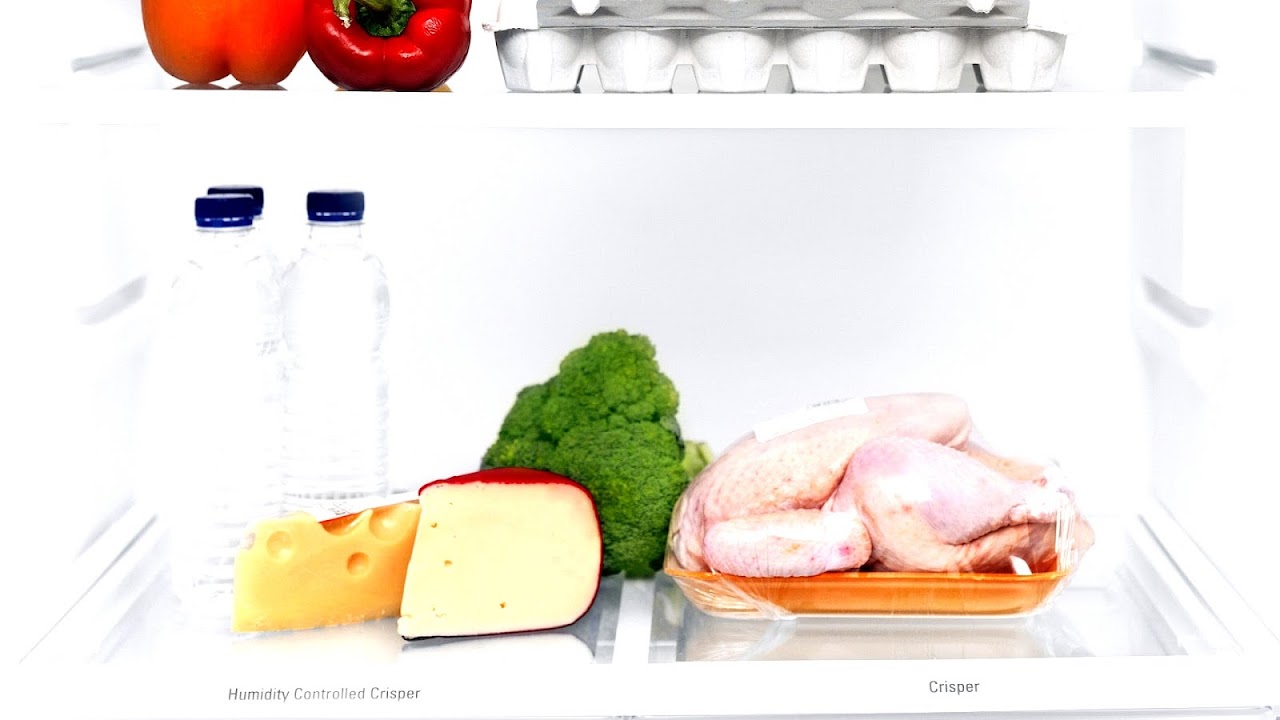
Boiled eggs are eggs (typically chicken eggs) cooked with their shells unbroken, usually by immersion in boiling water. Hard-boiled eggs are cooked so that the egg white and egg yolk both solidify, while for a soft-boiled egg the yolk, and sometimes the white, remain at least partially liquid.
A few different methods are used to make boiled eggs other than simply immersing them in boiling water. Boiled eggs can also be cooked below the boiling temperature, via coddling, or they can be steamed.
The egg timer was named due to its common usage in timing the boiling of eggs. Boiled eggs are a popular breakfast food in many countries around the world.

Maps, Directions, and Place Reviews
Variations
There are variations both in degree of cooking and in the method of how eggs are boiled, and a variety of kitchen gadgets for eggs exist. These variations include:
How Long Can You Keep Cooked Chicken In The Refrigerator Video
Soft-boiled eggs
Chef Heston Blumenthal, after "relentless trials", published a formula for "the perfect boiled egg" that explains how much water to use, how much time to cook and how much time to rest the egg.
Soft-boiled eggs are not recommended for people who may be susceptible to salmonella, such as very young children, the elderly, and those with weakened immune systems. To avoid the issue of salmonella, eggs can be pasteurised in shell at 57 ºC for an hour and 15 minutes. The eggs can then be soft-boiled as normal.
Serving
Soft-boiled eggs are commonly served in egg cups, where the top of the egg is cut off with a knife, spoon, spring-loaded egg topper, or egg scissors, using a teaspoon to scoop the egg out. Other methods include breaking the eggshell by tapping gently around the top of the shell with a spoon. Soft-boiled eggs can be eaten with toast cut into strips, which are then dipped into the runny yolk. In the United Kingdom and Australia, these strips of toast are known as "soldiers". Because the egg shell insulates heat in the unbroken section of the boiled egg (thus continuing to cook it), the yolk gradually solidifies, like a hard-boiled egg. A teaspoon is often used to scoop the cooked yolk and white out of the shell so it can be eaten.
In Southeast Asia, especially countries like Malaysia, Singapore and the Philippines, a variation of soft-boiled eggs known as half-boiled eggs are commonly eaten at breakfast. The major difference is that, instead of the egg being served in an egg cup, it is cracked into a bowl to which dark or light soy sauce or pepper are added. The egg is also cooked for a shorter period of time resulting in a runnier egg instead of the usual gelatin state and is commonly eaten with Kaya toast.
Boiled eggs are also an ingredient in various Philippine dishes, such as embutido, pancit, relleno, galantina, and many others.
In Japan, soft-boiled eggs are commonly served alongside ramen. The eggs are typically steeped in a mixture of soy sauce, mirin, and water after being boiled and peeled. This provides the egg a brownish color that would otherwise be absent from boiling and peeling the eggs alone. Once the eggs have finished steeping, they are served either in the soup or on the side.

Hard-boiled eggs
Hard-boiled eggs are boiled for longer than soft-boiled eggs, long enough for the yolk to solidify. They can be eaten warm or cold. Hard-boiled eggs are the basis for many dishes, such as egg salad, Cobb salad and Scotch eggs, and may be further prepared as deviled eggs.
Hard-boiled eggs are commonly sliced, particularly for use in sandwiches. For this purpose specialized egg slicers exist, to ease slicing and yield even slices.
There are several theories as to the proper technique of hard-boiling an egg. One method is to bring water to a boil and cook for ten minutes. Another method is to bring the water to a boil, but then remove the pan from the heat and allow eggs to cook in the gradually cooling water. Over-cooking eggs will typically result in a thin green iron(II) sulfide coating on the yolk. This reaction occurs more rapidly in older eggs as the whites are more alkaline. Immersing the egg in cold water after boiling is a common method of halting the cooking process to prevent this effect. It also causes a slight shrinking of the contents of the egg.
Hard-boiled eggs should be used within two hours if kept at room temperature or can be used for a week if kept refrigerated and in the shell.
Peeling
Hard-boiled eggs can vary widely in how easy it is to peel away the shells. In general, the fresher an egg before boiling, the more difficult it is to separate the shell cleanly from the egg white. As a fresh egg ages, it gradually loses both moisture and carbon dioxide through pores in the shell; as a consequence, the contents of the egg shrink and the pH of the albumen becomes more basic. Albumen with higher pH (more basic) is less likely to stick to the egg shell, while pockets of air develop in eggs that have lost significant amounts of moisture, also making eggs easier to peel. Keeping the cooked eggs soaked in water helps keep the membrane under the egg shell moisturized for easy peeling. Peeling the egg under cold running water is an effective method of removing the shell. Starting the cooking in hot water also makes the egg easier to peel.
Source of the article : Wikipedia








EmoticonEmoticon